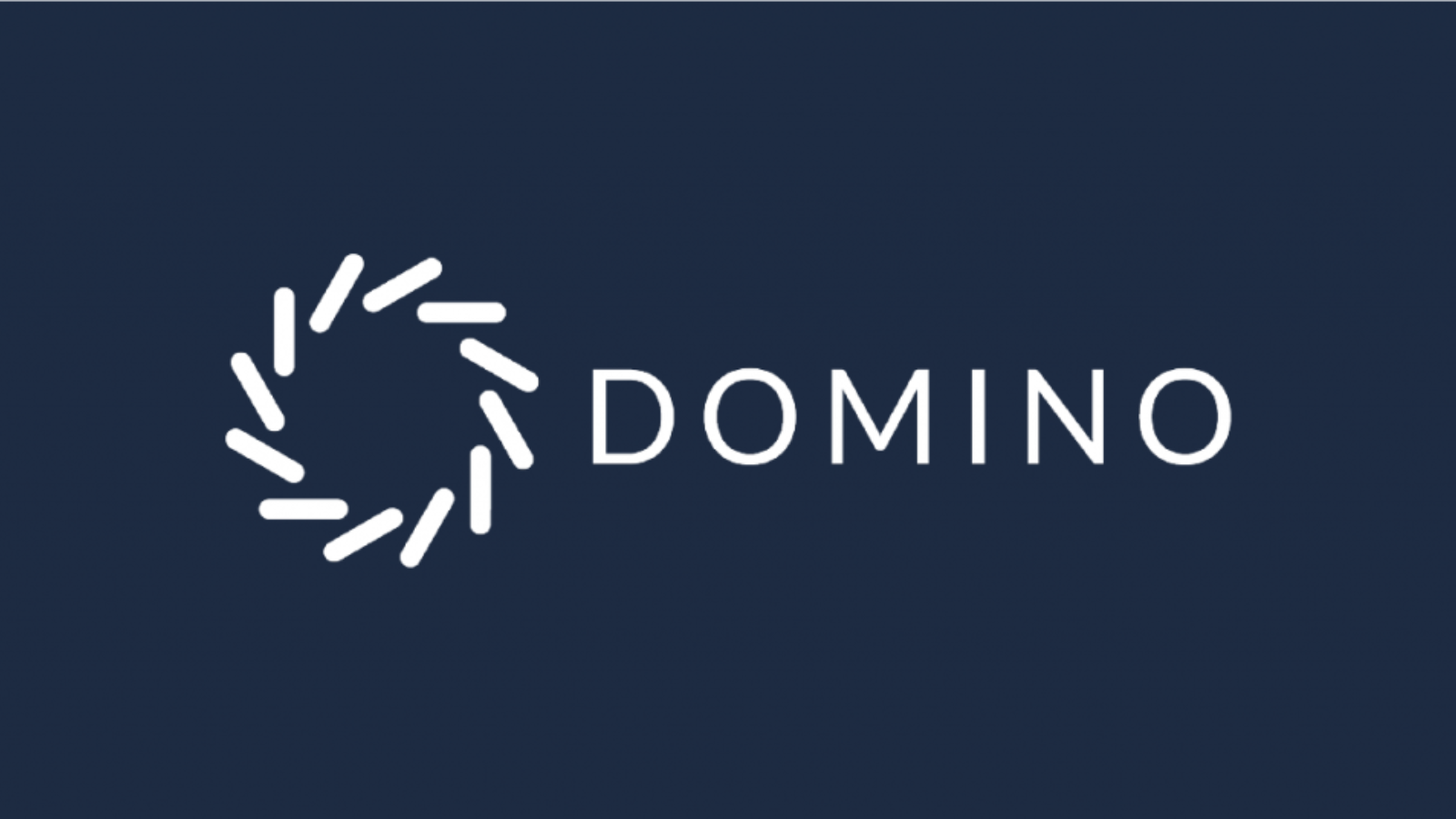Data science is a rapidly growing field that deals with extracting knowledge and insights from vast amounts of data. It combines various disciplines such as statistics, mathematics, and computer science to make sense of complex data sets. In the past, data science tasks were mainly performed using programming languages like Python or R. However, with the advancement of technology, there are now graphical user interfaces (GUIs) available that make data science more accessible to non-programmers. One such GUI tool is KNIME, which stands for “Konstanz Information Miner.” In this article, we will explore a guide to KNIME, a GUI way of doing data science.
What is KNIME?
KNIME is an open-source data analytics and integration platform. It provides a flexible and user-friendly environment for designing and executing data workflows, also known as “Data Pipelines.” These workflows can be created by connecting various nodes that represent different data processing or analysis steps. KNIME offers a wide range of nodes for tasks such as data preprocessing, visualization, machine learning, and more. It allows users to drag and drop nodes onto the canvas, configure them, and connect them together to build the desired data pipeline.
Why use KNIME?
KNIME offers several advantages that make it an excellent choice for data scientists or analysts:
1. Ease of Use
One of the primary benefits of KNIME is its ease of use. The graphical interface allows users to build data workflows without writing a single line of code. This makes it accessible to individuals with little to no programming experience. The drag-and-drop functionality and intuitive node configuration options make it simple to create complex data pipelines.
2. Flexibility
KNIME provides a wide range of nodes and extensions, allowing users to perform various data analysis tasks. These nodes can be easily combined to create customized workflows, tailored to specific data science projects. Additionally, KNIME supports integration with other tools and languages such as Python or R, offering even greater flexibility and extending its capabilities.
3. Rapid Prototyping
With KNIME, it is easy to prototype and experiment with different data analysis approaches. The visual nature of the tool allows users to quickly iterate and modify their workflows to test various techniques or algorithms. This accelerates the development process and helps data scientists arrive at the optimal solution faster.
4. Collaboration
KNIME supports collaboration among team members by providing features such as version control, shared repositories, and workflow sharing. This enables multiple users to work on the same project simultaneously, enhancing productivity and facilitating knowledge sharing within the team.
5. Integration with Big Data Technologies
KNIME integrates seamlessly with various big data technologies, such as Apache Hadoop or Apache Spark. This allows users to analyze large volumes of data efficiently and take advantage of distributed computing capabilities. KNIME can leverage the power of these technologies without requiring users to have in-depth knowledge of them.
Getting Started with KNIME
To get started with KNIME, follow these steps:
1. Download and Install KNIME
The first step is to download and install KNIME from the official website (https://www.knime.com/download). KNIME is available for Windows, macOS, and Linux operating systems. Make sure to choose the appropriate version for your system.
2. Launch KNIME
Once the installation is complete, launch KNIME. You will be greeted with the KNIME Analytics Platform, which serves as the main interface for creating and executing data workflows.
3. Explore the Node Repository
The Node Repository is where all the available nodes are located. It is divided into different categories such as Data Access, Data Manipulation, and Data Mining. Spend some time exploring the node repository and familiarize yourself with the different nodes and their functionalities.
4. Create a New Workflow
To create a new workflow, click on the “New Workflow” button in the toolbar. This will open a blank canvas where you can start building your data pipeline.
5. Add Nodes to the Workflow
To add nodes to the workflow, simply drag and drop them from the Node Repository onto the canvas. Each node represents a specific data processing step, such as reading data from a file, filtering rows, or training a machine learning model. Configure each node by double-clicking on it and specifying the desired parameters.
6. Connect Nodes
Connect the nodes together by clicking on the output port of one node and dragging the connection to the input port of another node. This defines the flow of data through the pipeline, indicating the order in which the nodes should be executed.
7. Execute the Workflow
Once the workflow is complete, click on the “Execute” button in the toolbar to run it. KNIME will execute each node in the order specified by the connections. You can monitor the progress and view the results in real-time.
8. Analyze the Results
After the workflow has finished executing, you can analyze the results using various visualization nodes or export them to external tools for further analysis.
In conclusion, KNIME offers a GUI way of doing data science, making it more accessible to non-programmers and beginners in the field. Its ease of use, flexibility, and integration capabilities make it a powerful tool for data analysis and exploration. By following the steps outlined in this guide, you can get started with KNIME and unleash the potential of your data.










Leave a Reply